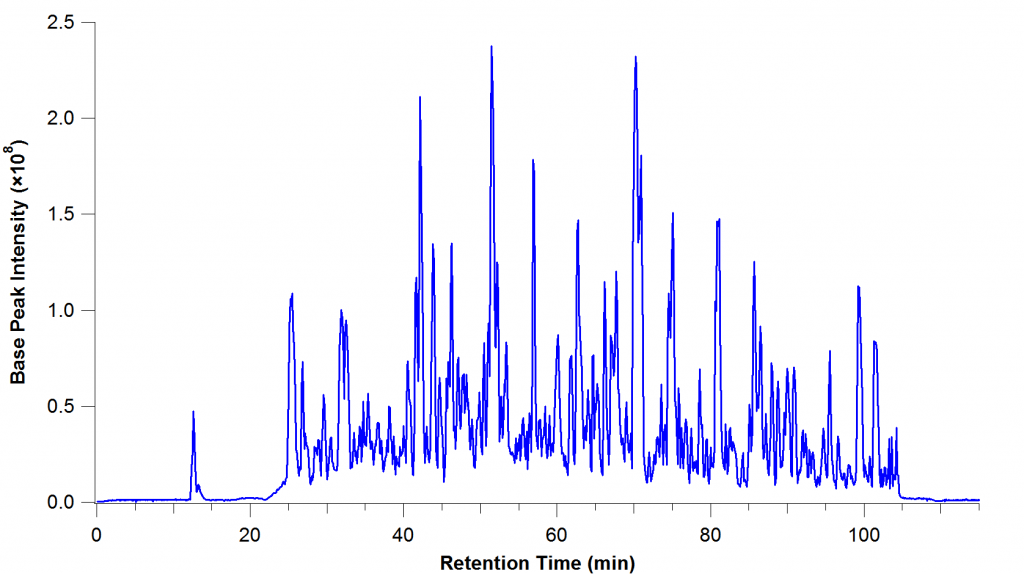‘Chromatography’ is an analytical technique commonly used for Separating a combination of chemical compounds into its individual parts, so the individual parts can be completely examined. There are various kinds of chromatography, but all of them employ the same basic principles. Gas Chromatography is a universally used analytical process in several scientific research and industrial laboratories for quality evaluation in addition to recognition and quantization of composites in a mix. Gas Chromatography is the screening of a mix of compounds or solutes into different components. By dividing the tasters into different components, it is at ease to categorize, classify, qualitative and measure the amount of the many sample assortments. There are quite a couple of gas chromatographic processes and corresponding instruments. Generally there are 3 kinds of Gas Chromatography.
- Selective
- Non-Selective
- Specific
However GC detectors Can also be categorized into the following types

- Concentration Dependent
- Mass-flow Dependent
what is a chromatogram The response of such Gas Chromatography Sensors is relative to the depth and accumulation of the solute from the sensor. By way of instance thinning of taster with cosmetics gas will decrease detector reaction. Signal depends upon the rate at which Solute fragments arrive at the sensor. Reactions of such detectors is not controlled with cosmetics gas transmission speed and ratio of concentration. The varied compounds which constitute the Sample will float more or less sluggishly depending, in simple terms, how much they cling to the newspaper. The stickier amalgams move more unhurriedly therefore move a smaller space in a specified time subsequent result being split. GC is also a frequently used technique in several environmental and forensic labs since it allows for the vulnerability of very tiny volumes and quantities. A huge array of tasters can be researched as long as the chemicals are suitably thermally balanced and logically unstable. In most gas chromatography analysis, the separation of different compounds occurs for the cooperation with the stationary and mobile phases.
The Precision and accuracy of identifying the existence of materials using chromatography is high. Therefore, using the method to detect the presence of cocaine in someone’s bloodstream can help physicians to devise the best treatment method, which may help a person recover from substance abuse and walk the path of sobriety. Such as in easy t chromatography a solvent alcohol and water drifts over the newspaper stationary flowing the sample with it. In gas chromatography the gasoline is the mobile platform, the pillar veneer is the stationary stage and the boiled element is alienated by the length of time the crucial compounds take to appear in another terminal of this column and flow to the sensor. This is referred to as the retention period. Benefits
- High resolution power in relation to other processes.
- High sensitivity when implemented with thermal detectors.
- Offers great accurateness and exactitude.
- Speedy separation and analysis.
- Taster with minute quantity can be unglued and screened.